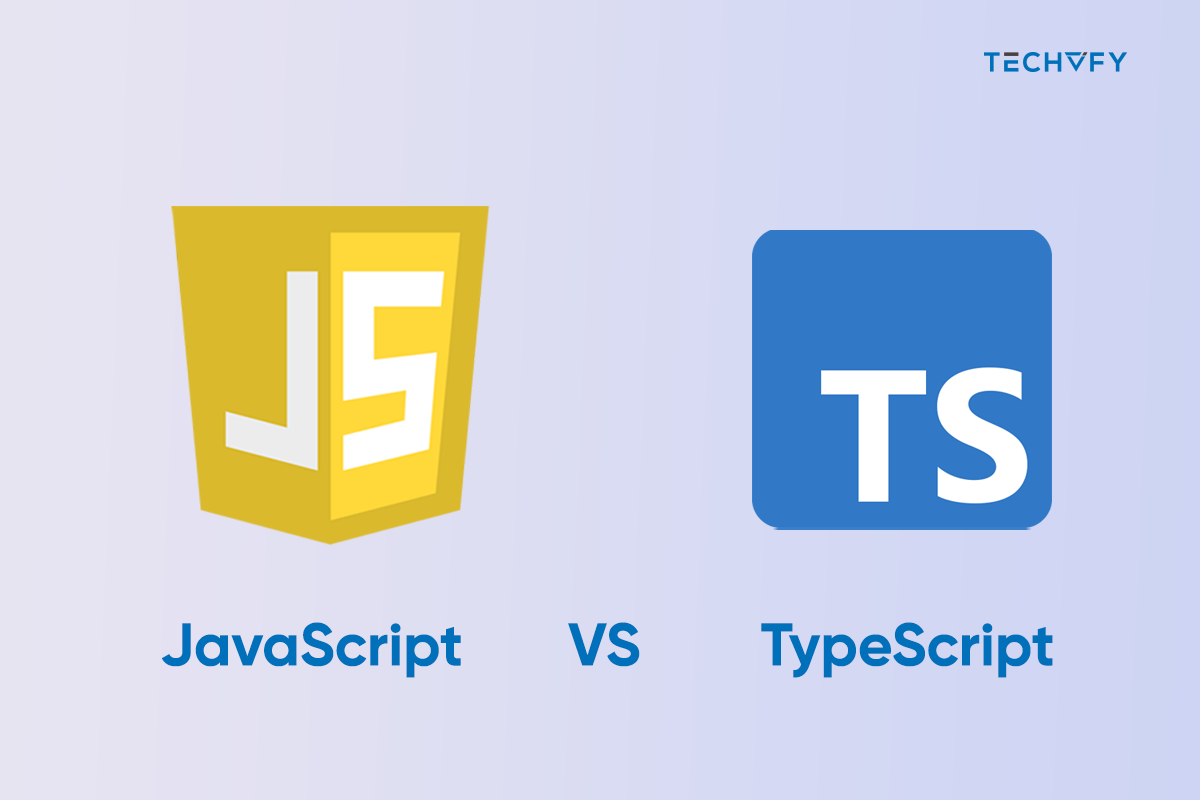Angular is a renowned open-source framework for web application development, offering a full suite of tools and features for building dynamic, scalable apps. Proper project structure is crucial in Angular, whether alone or with a development team, as it ensures code clarity and facilitates collaboration.
Interestingly, Angular stands as one of the top JavaScript frameworks. The Stack Overflow Developer Survey 2021 ranked it the second most popular, highlighting its global adoption and strong community support, making it a trusted choice for web development.
This article will help you better understand angular project structure and how to improve one for your project.
I. A Deeper Look into Angular Project Structure
Understanding Angular project structure and following its best practices are essential for the success of any Angular project. By understanding the layout of components and folders in an Angular project, developers can adeptly handle and organize the codebase. Let’s explore the structure of an Angular project in more detail, considering the best Angular project structure for optimal results.
| Folder/File | Description |
|---|---|
| src Folder | The foundational directory of the project, housing all source files and resources for the Angular application’s development. It’s the central point for components and resources. |
| app Folder |
Located within the src folder, this is the heart of the main application module. It contains components, services, directives, and other resources for crafting the user interface, executing business logic, and managing data. Also, the src folder stores static assets like images, fonts, icons, JSON files, and configuration files. These assets are easily incorporated into the code and used in HTML templates, stylesheets, or dynamic application behaviors. |
| environments Folder | Part of the src folder is designated for environment-specific configuration files for development, staging, and production settings. Each environment’s configuration files contain unique variables and settings. |
| node_modules Folder | Central to dependency management, this folder contains code and resources for external libraries or packages installed via package managers like npm or yarn. It simplifies development by managing dependencies and automatically updating the project’s package.json file when changes are made. |
| angular.json File | A crucial configuration file providing customization options for the project’s build, development, and deployment processes. It includes settings for the project’s architecture, build targets, environment settings, and more, allowing customization of Angular CLI commands and setting up different configurations for various environments. |
More Angular and frameworks-related articles:
II. Angular Project Structure Best Practices
Understanding the project structure in Angular is crucial, and here are some key Angular Project Structure best practices to consider.
1. Feature-Based Organization
As one of the best practices in Angular Project Structure, organizing files by feature is recommended. This method groups files according to their specific feature, enhancing the project’s organization and maintainability.
Each feature folder includes all related components and code files. This setup simplifies locating and working on particular features, boosting collaboration and efficiency among developers.
Take an Angular project example; in an e-commerce app, you might have feature folders like Product, Cart, and User, each containing relevant components and files. This organization keeps files for each feature, streamlining code understanding and modifications.
2. The Role of the Core Module
The Core Module in Angular is vital for essential services, components, and configurations used across the application. It’s the hub for shared functionalities like authentication, API services, error handling, and logging.
The Core Module includes singleton services needed throughout the app, such as authentication, data, and logging. Global components like headers, footers, or navigation elements also belong here.
3. Purpose of Feature Modules
Feature Modules in Angular organize related components, services, and code. They encapsulate specific functionalities, offering a modular structure to the app. These modules enhance code separation and reusability.
Feature Modules group components and files for a particular feature, simplifying code management and maintenance. They allow developers to focus on distinct application parts and can be developed and reused independently.

4. Utilizing a Shared Module
A Shared Module in Angular houses components, directives, and pipes used across various feature modules. It centralizes common UI elements, services, and code, preventing duplication and ensuring consistency.
Typically, a Shared Module contains widely used components like buttons, input fields, modals, and tooltips. Shared services, such as logging or utility services, are also included.
5. Following the Angular Style Guide
The Angular Style Guide offers guidelines and best practices for consistency and maintainability in Angular projects. It addresses project structure, coding and naming conventions, and architectural patterns.
Adhering to this guide ensures code readability through uniform patterns and naming conventions. It also promotes easier maintenance, troubleshooting, debugging, and updates.
Looking for a Software Development Company?
TECHVIFY is the best option for you. Book a free consultation to get an accurate time and cost estimation for your project.
III. Improving an Angular Project’s Structure Through Refactoring

Enhancing the structure of an existing Angular project through refactoring can significantly boost its maintainability and scalability. Follow this straightforward guide for an effective refactoring process:
Step 1: Assess and Plan
Examine your project structure and identify disorganized or repeated code and improvement areas. Simultaneously, plan your ideal structure, focusing on organizing files by feature modules, separating concerns, and improving component reusability. Set a clear goal for the new structure.
Step 2: Backup and Refactor
Before making changes, back up your project, then start the refactoring process, tackling one feature or module at a time to maintain clarity and reduce errors. Prioritize key areas first.
Step 3: Reorganize and Test
As you rearrange files and folders, adjust import statements accordingly. After each refactoring phase, conduct thorough testing, including unit and integration tests, to ensure functionality.
Step 4: Consolidate and Update Configurations
Identify shared code or components for centralization into common modules. Finally, revise any necessary build configurations, like Angular CLI files, to align with your new project structure.
Conclusion
Understanding and effectively organizing an Angular project structure is crucial for efficient and maintainable web application development. Key practices like feature-based organization and adherence to the Angular Style Guide significantly enhance project clarity and scalability.
If you want to optimize your Angular project’s structure for better performance and maintainability, TECHVIFY is here to help. Our expertise in Angular development ensures your project is in capable hands. Contact TECHVIFY today for top-notch Angular development services and take your web application to the next level.
TECHVIFY – Global AI & Software Solution Company
From Startups to Industry Leaders: TECHVIFY prioritizes results, not just deliverables. Accelerate your time to market and see ROI early with high-performing teams, AI (including GenAI) Software Solutions, and ODC (Offshore Development Center) services.
- Email: [email protected]
- Phone: (+84)24.77762.666





